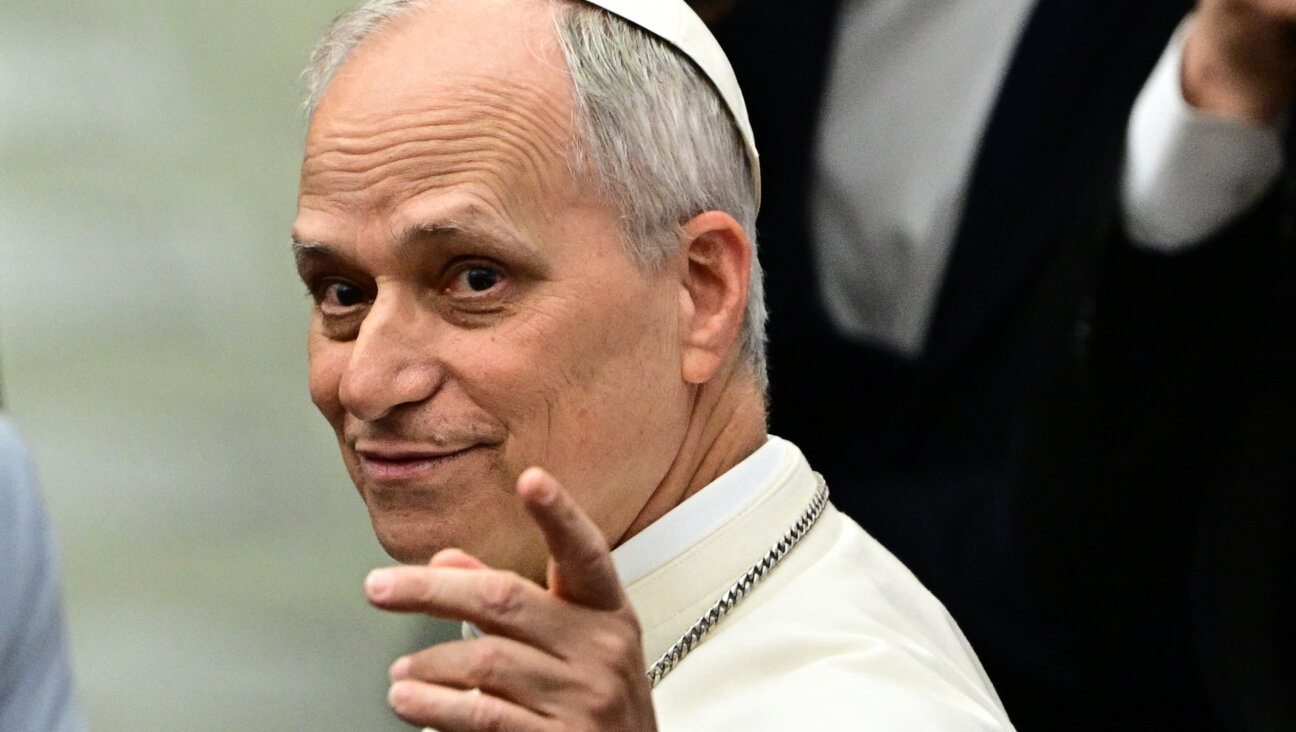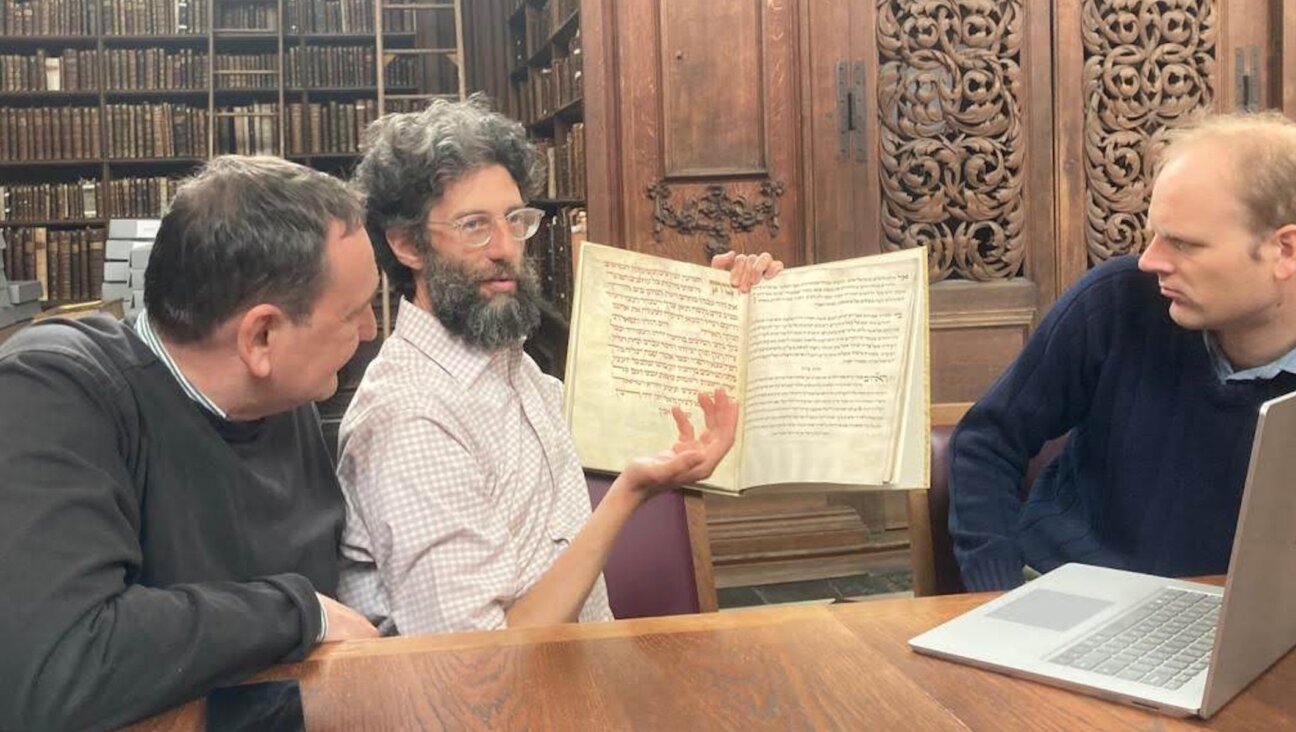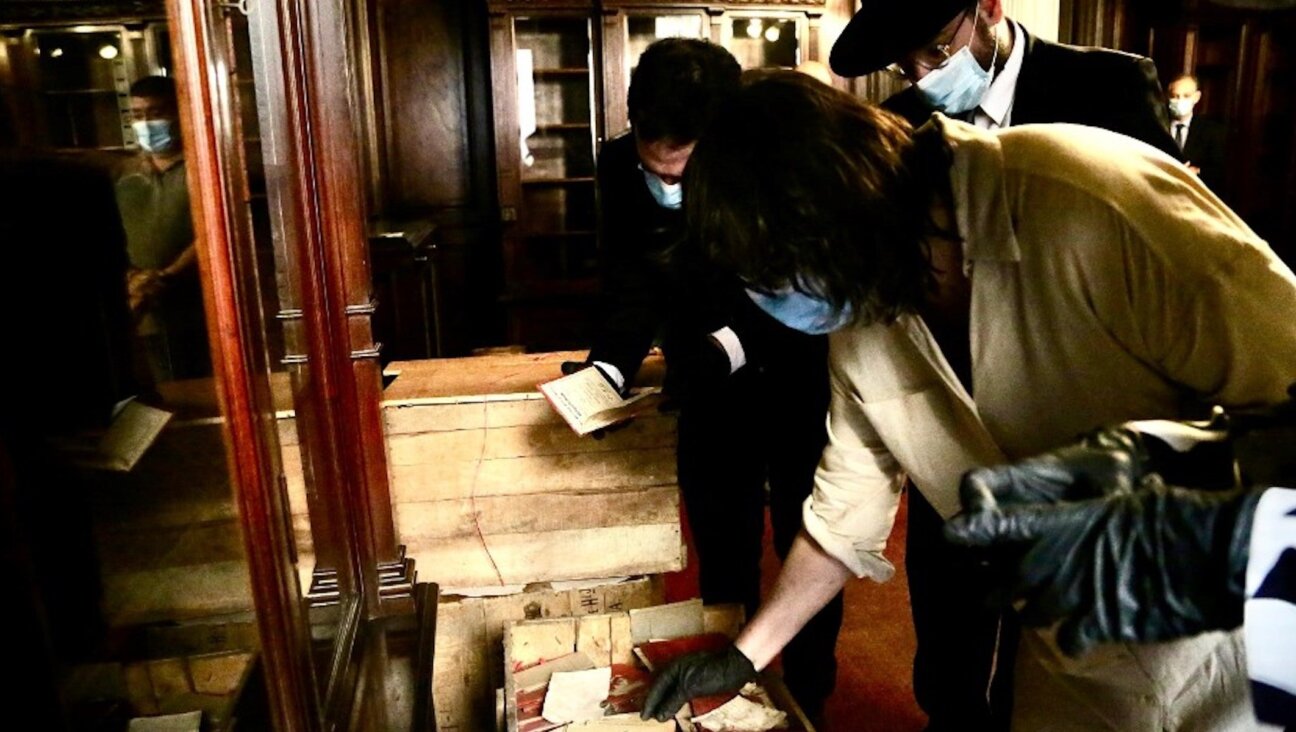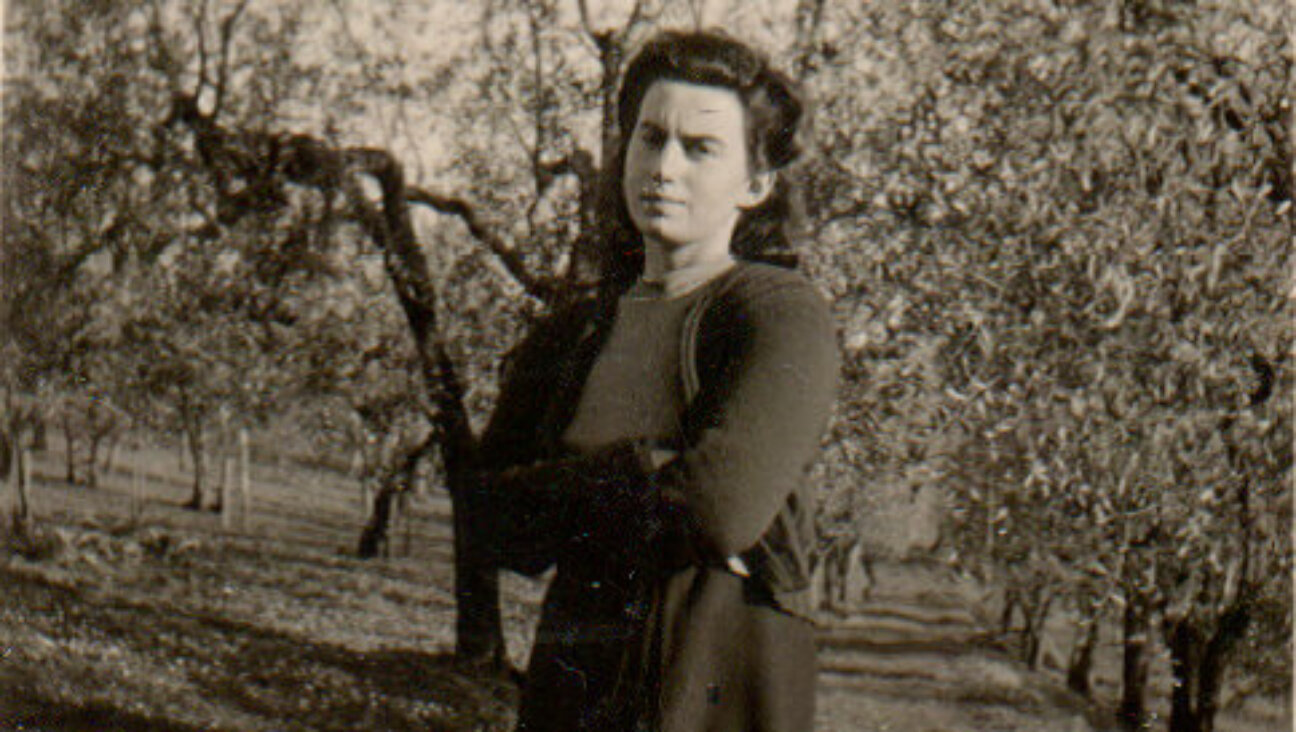Roth’s Fanfare for the Common Man
The Plot Against America
By Philip Roth
Houghton Mifflin Company, 400 pages, $26.
——
Knitting domains together — domestic and global, story and back-story — always has been iffy for Philip Roth. He understands life best in the lower case — inside the family, the marriage, the disheveled heart, the desperate moment. His wide-angle work is normally less textured and subtle; it seems sometimes to be composed in shorthand — which is one reason that Roth’s best book of the 1990s was his character study, “Sabbath’s Theater,” that abrasive handbook of clinical depression that was his testament to alienation and his shot across the bow of an age that was all gung ho for “healing” and “wellness.” By contrast, the American Problems novels — “American Pastoral,” “I Married a Communist” and “The Human Stain” — were in reality Roth Problem novels, social fictions in design but so utterly washed in Roth’s personal tsuris that they had a markedly Dostoevskian strangeness about them. If Mickey Sabbath was Roth’s underground man, then the succeeding novels were, in a way, footnotes from underground.
The tension between a dysfunctional America and personal urgency doesn’t arise in “The Plot Against America,” where the domestic and global are, for once, of a piece. The novel is a “what if” counter-history in which Charles Lindbergh defeats Franklin Roosevelt for president in 1940, running on the America First platform to keep us out of the war. As president, Lindbergh makes good on that promise by signing a nonaggression pact with Hitler in Iceland, the “Iceland Understanding,” and celebrating it with a lavish state dinner at which Nazi Foreign Minister Joachim von Ribbentrop is guest of honor. America’s Jews hunker down around the radio, listen to Walter Winchell, “our voice of belligerent protest,” and worry, especially since the new president has singled them out as a national threat, saying things like: “We must guard ourselves against attack by foreign armies and dilution by foreign races… and the infiltration of inferior blood.”
All is front-story here, as Roth’s portraits melt into his panoramas. The historical, both researched and imagined, is the domestic. For example, toward the end of the book, Herman Roth, real-life father of Philip and Sandy, takes a dangerous trip to Kentucky and back in a car that keeps breaking down on him. It is fall 1942, and anti-Jewish riots are sweeping America. Herman Roth, wearing a steel neck brace from a family altercation, “nursing two broken ribs and a sutured facial wound and exhibiting a mouthful of broken teeth,” is risking his life to go behind enemy lines to rescue Seldon Wishnow, a boy of Philip’s age and a former neighbor on Summit Avenue in Newark, N.J., after his mother has been killed in rioting and Seldon has been left alone. Unknown to anyone save the 9-year-old Philip Roth himself, it is he who has put Seldon in harm’s way. The round trip takes about four days, or three times what it took Lindbergh to cross the Atlantic alone in 1927. Lindbergh’s “heroism,” by contrast, was only a barnstormer’s stunt.
‘The Plot Against America” is set in Newark, which we last saw as a smoldering ruin in “American Pastoral,” after the great riot of 1967. But during the time frame of this novel, 1940-1942, its bucolic Weequahic-Clinton Hill neighborhood is still the Jewish paradise of Roth’s childhood, well stocked with everything a boy could ask for: his cozy family, friends and neighbors; his rowdy congregation of aunts and uncles, and his stamp collection, including his prized 1927 Lindbergh airmail stamp. Even the occasional rabbi and racketeer come to the table. Sometimes they are the same person. Only this Newark is a newsreel — grainy and flickering — a New World double of Krakow, Lodz and Vilna, encircled by the menacing Christian villages of Elizabeth, Irvington and “Down Neck” Newark. Even so, what really can happen? This is America, and it has a Bill of Rights. Felix Frankfurter is on the Supreme Court. Aside from the occasional pogromchik, what, really, do the Jews have to fear?
In the 1930s, Der Führer had an influential American booster club. (So did Stalin, though that is old news.) The infiltration of fascist sentiment into American politics is still poorly understood, and for that reason “The Plot Against America” does break new ground. The club included prominent members of Congress, the press and major corporations, including E.I. du Pont, which in those days owned General Motors Corp. and was heavily invested in I. G. Farben. (Read your Primo Levi about I.G. Farben.) The America First Committee, which agitated to keep America out of the war, was a pro-fascist front, and it spent Nazi money liberally and in the end fruitlessly to defeat Roosevelt, who, in the real 1940 election handily trounced Republican candidate Wendell Willkie. As an American icon, Lindbergh was useful to the Nazis and he allowed himself to be used, such that on his 1938 visit to Berlin, Air Marshal Hermann Goering presented him with the Service Cross of the German Eagle, a gold medallion with four small swastikas. Roth’s Lindbergh — lithe, handsome, silent, decorous — is the banality of evil in aviator’s goggles; even after Kristallnacht in 1938, he refused to return the medal, fearing that he would offend the Nazi leadership. (For more on this history, see J. Hoberman’s article, starting on Page 11.)
In sizing his canvas, Roth narrows the frame for intimacy, making the Roth household the nerve center of a vast circuit of rumor, confession, denial, and confrontation. What goes around comes around to Summit Avenue, where the Roths’ second-story flat is turned into a theater of solidarity and betrayal, resistance and collaboration, clarity and illusion. “The Plot Against America” is something of a Commedia del Weequahic shading into moral allegory, and you’ll find it hard to ignore all the labels that characters carry around with them: Collaborator, Loyalist, Exploited Worker, Goniff, Opportunist, Resistance Fighter, Orphan, Apostate, Quisling, Stooge, Egotist, Macher, Naif, Common Man, Righteous Gentile, Blue-Eyed American Hero.
Amazingly, Roth does this without flattening his people into mere props. Take Philip’s older brother, Sandy. A gifted artist who can draw anything he sees, he signs up for “Just Folks,” an Outward Bound for Jewish children that sends them into rural America to acquire such critical skills as curing tobacco and aging ham. He returns to Summit Avenue in fall 1941 from the Mawhinney farm in Kentucky a robust young farm hand, a-talkin’ like something out of the Grand Ol’ Opry and whistling Dixie like a New Jersey Jolson, only in paleface rather than blackface. That comes to a halt when Philip and Sandy’s mother, Bess Roth, a Brechtian Mother Courage if ever there were one, squares him away with a few sobering smacks across the jowls. Sure he carries his label around with him — apprentice opportunist — but he is also an artist, a teenage flirt, an ordinary sullen adolescent and even his father’s right-hand man on the Kentucky rescue mission, who never disappears into his label any more than Jolson ever disappeared into his greasepaint.
What do people in extreme situations think about? Above all, they think about family — and a quarrelsome, fractious family is at the heart of Roth’s story. Cousin Alvin, who throws away a promising career as a henchman to brutish contractor Abe Steinheim, wants to take on the fascists before they cross the pond; he joins the Canadian army. Months later he is back with a shattered leg, a shattered spirit and a calling to become a mobster. Uncle Monty, who has made a killing in wholesale produce, upbraids everyone mercilessly about their shortcomings but also hires family when they are down on their luck. Aunt Evelyn, mother’s tempestuous younger sister, joins the Lindbergh team when her lover — and later husband — Rabbi Lionel Bengelsdorf becomes the White House Jew-in-residence. The young Philip Roth runs away to a Catholic orphanage, only to get kicked in the head by a horse.
In this New Jersey inferno, which even features an underworld journey to the basement of the house, the most noxious of the gasses spiraling up from the drains is Lionel Bengelsdorf. The elderly rabbi, a slick platitude merchant, is the first prominent Jew to embrace Lindbergh, and he is either a guide to the perplexed, Lyin’ Lionel (as Winchell calls him), the Gauleiter of Essex County or Rabbi Rasputin (as Henry Ford calls him), depending on who is telling the story. There is no greater villain anywhere in Roth’s fiction than this Polonius in a yarmulke who sees in fascism a career path that he mistakes for Jacob’s ladder. If Newark were Lodz, then Rabbi Bengelsdorf would be King Rumkowski.
I don’t know where else in Roth’s writing history has been so thickly patched into a family drama, and the invented history is as generously imagined as the real one is dutifully researched. In a scene that finds the young Philip visiting Aunt Evelyn, now a high bureaucrat, to intervene for his father, who is being selected to sell insurance in Kentucky, he finds his aunt still intoxicated from a soiree at the White House. She shows her nephew a photo of her in which she is carrying a gold mesh purse decorated with scarabs and wearing a gold-link bracelet with sapphires and pearls, with which she had dazzled von Ribbentrop. “The foreign minister said he’s never seen a bracelet more beautiful anywhere.” Is Roth being heavy handed here? Maybe so, but my heart stood still all the same.
The stubborn, principled heart of this book is Herman Roth. As eruptive, mulish and cantankerous as he was in “Patrimony,” but also “ruthlessly obedient to [his] idea of fair play,” he is the common man with uncommon courage, and the book is as much Roth’s fanfare for the common man as it is anything else. When, at Bengelsdorf’s instigation, Herman Roth’s insurance company tries to transfer him to Kentucky, he refuses to go, preferring instead to schlep produce for his overbearing brother, Monty. When someone has to rescue Seldon Wishnow from Kentucky, he goes. Indeed, never having handled firearms in his life, he takes along a gun that he gets from the new neighbor in the Wishnows’ apartment, Mr. Cucuzza, whose instructions could not be simpler: “You pulla the trig.” We have no doubt that this novel’s Herman Roth would pulla the trig if he found himself in a jam. He is certainly far sturdier than the panic-stricken Philip, who visits Aunt Evelyn and gives away the Wishnows in order to save his family, and gets groped by his aunt as a reward.
“The Plot Against America” is a busy, eventful book populated with noisy, urgent people. It is fruitless to ask whether it is Roth’s best novel ever, over the course of a career that stretches back 45 years, to “Goodbye, Columbus” in 1959, and now includes 27 books. Roth has brought so much to the table for so many years that many novels make plausible claims. But there is a density of imagining in “The Plot Against America” that gives it a special place among his novels. Here, Roth has answered Henry James, who famously claimed in his study of Hawthorne that America lacked the social features of a high civilization — “No Oxford, nor Eton, nor Harrow; no literature, no novels, no museums, no pictures, no political society, no sporting class — no Epsom nor Ascot!” Oh really? Roth seems to say, try this: “Chancellor Avenue, Weequahic Park, Beth Israel Hospital, Jews, Longie Zwillman, Walter Winchell, Henry Ford, The Dearborn Independent, Jews, stamp collecting, Roosevelt, Uncle Monty, Lindbergh, The Spirit of St. Louis, Aunt Evelyn, Kentucky, Newark, Republicans, Jews, MY FATHER.”
Indeed, “The Plot Against America” is a Kaddish for Roth’s father, and not for the first time. It comes at the end of a long period of mourning that extends back to “Patrimony” in 1991, and it not only celebrates Herman Roth, but embodies him also. It is a muscular, garrulous, headlong novel in which Roth’s strengths — his social radar, his imaginative exuberance, his verbal runs and arpeggios — are on display and his worst habits — the windy jeremiads, the runaway grievance, the compulsive sexualizing — are held in check. It is Roth’s bid to last, as Hawthorne, James and Melville have lasted. Can the Great American Novel be about Jews? Why not? The Great Irish Novel was.
The Forward is free to read, but it isn’t free to produce

I hope you appreciated this article. Before you go, I’d like to ask you to please support the Forward.
Now more than ever, American Jews need independent news they can trust, with reporting driven by truth, not ideology. We serve you, not any ideological agenda.
At a time when other newsrooms are closing or cutting back, the Forward has removed its paywall and invested additional resources to report on the ground from Israel and around the U.S. on the impact of the war, rising antisemitism and polarized discourse.
This is a great time to support independent Jewish journalism you rely on. Make a gift today!
— Rachel Fishman Feddersen, Publisher and CEO
Support our mission to tell the Jewish story fully and fairly.
Most Popular
- 1

Fast Forward Ye debuts ‘Heil Hitler’ music video that includes a sample of a Hitler speech
- 2

Opinion It looks like Israel totally underestimated Trump
- 3

Culture Is Pope Leo Jewish? Ask his distant cousins — like me
- 4

Fast Forward Student suspended for ‘F— the Jews’ video defends himself on antisemitic podcast
In Case You Missed It
-

Fast Forward For the first time since Henry VIII created the role, a Jew will helm Hebrew studies at Cambridge
-

Fast Forward Argentine Supreme Court discovers over 80 boxes of forgotten Nazi documents
-

News In Edan Alexander’s hometown in New Jersey, months of fear and anguish give way to joy and relief
-

Fast Forward What’s next for suspended student who posted ‘F— the Jews’ video? An alt-right media tour
-
Shop the Forward Store
100% of profits support our journalism
Republish This Story
Please read before republishing
We’re happy to make this story available to republish for free, unless it originated with JTA, Haaretz or another publication (as indicated on the article) and as long as you follow our guidelines.
You must comply with the following:
- Credit the Forward
- Retain our pixel
- Preserve our canonical link in Google search
- Add a noindex tag in Google search
See our full guidelines for more information, and this guide for detail about canonical URLs.
To republish, copy the HTML by clicking on the yellow button to the right; it includes our tracking pixel, all paragraph styles and hyperlinks, the author byline and credit to the Forward. It does not include images; to avoid copyright violations, you must add them manually, following our guidelines. Please email us at [email protected], subject line “republish,” with any questions or to let us know what stories you’re picking up.














